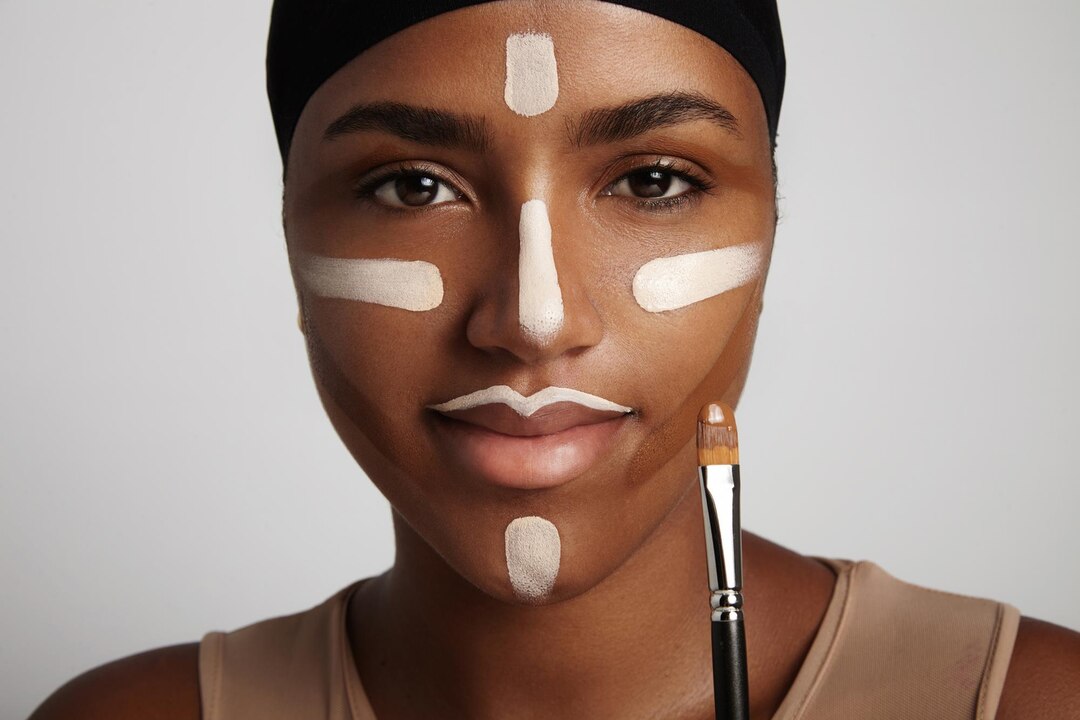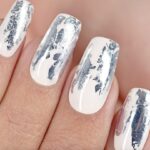Contouring and bronzing are two makeup techniques that have gained immense popularity in recent years, thanks to their ability to enhance facial features and create a sculpted, radiant appearance. While both methods involve manipulating the shadows and highlights of the face, they serve distinct purposes and require different products and techniques. In this article, we’ll delve into the nuances of contouring and bronzing, exploring their differences, benefits, and how to effectively incorporate them into your makeup routine.
Defining Contouring:
Contouring involves using makeup to create shadows and definition on the face, typically to sculpt and enhance the natural bone structure. Darker shades, often matte, are applied to areas where shadows naturally occur, such as the hollows of the cheeks, temples, jawline, and sides of the nose. This technique helps to create the illusion of more prominent cheekbones, a slimmer nose, and a more defined jawline, resulting in a sculpted and chiseled appearance.
Key Products for Contouring:
- Contouring Powder or Cream: Matte products that are a few shades darker than your natural skin tone are used to create shadows and definition on the face.
- Contouring Brush or Sponge: Specialized brushes or sponges with angled or tapered edges are used to precisely apply and blend contour products for a seamless finish.
- Setting Powder: A translucent setting powder may be used to further define and enhance the contoured areas, ensuring longevity and preventing creasing.
Techniques for Contouring:
- Choose the Right Shade: Select a contouring product that is suitable for your skin tone and undertone to achieve a natural-looking result.
- Map Out the Contour: Identify the areas of your face where you want to create definition, such as the hollows of the cheeks and the jawline.
- Apply with Precision: Using a contour brush or sponge, apply the contouring product along the targeted areas, blending well to avoid harsh lines.
- Build Gradually: Start with a light application of product and gradually build up intensity as needed to achieve the desired level of definition.
- Blend, Blend, Blend: Blending is key to achieving a seamless and natural-looking contour. Use a clean brush or sponge to blend out any harsh lines and ensure a flawless finish.
Understanding Bronzing:
Bronzing, on the other hand, involves adding warmth and luminosity to the skin to mimic a sun-kissed glow. Bronzer is typically applied to areas of the face where the sun naturally hits, such as the forehead, temples, cheekbones, and the bridge of the nose. Unlike contouring, bronzing products often have a shimmer or satin finish and are available in shades that range from golden to deep bronze, depending on your skin tone.
Key Products for Bronzing:
- Bronzer: Matte or shimmer formulas in shades that complement your skin tone are used to add warmth and dimension to the face.
- Bronzing Brush: A fluffy, dome-shaped brush is ideal for applying bronzer evenly and blending seamlessly for a sun-kissed glow.
- Highlighter (Optional): For added luminosity, a highlighter can be applied to the high points of the face, such as the cheekbones and the bridge of the nose, to enhance the bronzed effect.
Techniques for Bronzing:
- Choose the Right Shade: Select a bronzer that complements your skin tone and undertone, opting for warmer tones for a natural sun-kissed look.
- Focus on Sun-Exposed Areas: Apply bronzer to areas where the sun would naturally hit your face, such as the forehead, temples, cheekbones, and the bridge of the nose.
- Use a Light Hand: Start with a light application of bronzer and gradually build up the intensity to avoid looking too heavy or muddy.
- Blend Effortlessly: Blend the bronzer seamlessly into the skin using a soft, fluffy brush to achieve a natural and radiant finish.
- Customize to Your Preference: Adjust the intensity and placement of bronzer according to your desired level of warmth and glow, keeping in mind your unique facial features and skin tone.
Understanding the Difference:
While both contouring and bronzing involve manipulating light and shadow on the face, they serve different purposes and achieve distinct effects:
- Contouring is used to create definition and sculpt the face, emphasizing the natural bone structure and creating the illusion of depth and dimension.
- Bronzing adds warmth and luminosity to the skin, mimicking a sun-kissed glow and providing a healthy, radiant complexion.
Incorporating Both Techniques:
For a complete and polished makeup look, it’s common to incorporate both contouring and bronzing techniques:
- Start by contouring to sculpt and define the face, focusing on the hollows of the cheeks, jawline, and temples.
- Follow up with bronzer to add warmth and radiance to the high points of the face, such as the forehead, temples, and cheekbones.
- Finish with a touch of blush on the apples of the cheeks for a flush of color and a youthful glow.
Contouring and bronzing are powerful makeup techniques that can transform your appearance, enhancing your natural features and adding depth and dimension to your face. By understanding the differences between these two techniques and mastering their application, you can achieve a flawless and radiant complexion that’s sure to turn heads. Whether you’re aiming for a sculpted, chiseled look or a sun-kissed, luminous glow, contouring and bronzing are essential tools in your makeup arsenal for creating stunning and camera-ready makeup looks.








